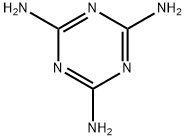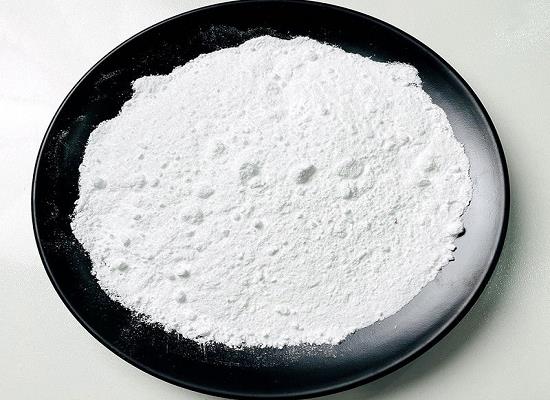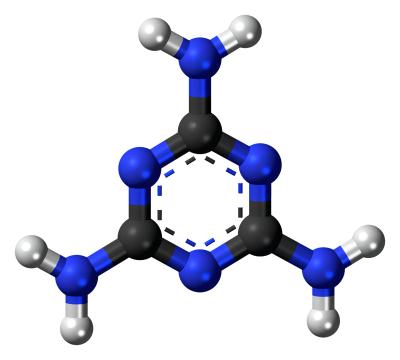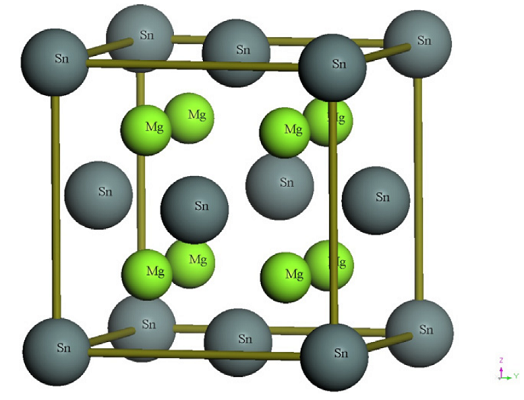Does melamine migrate from melamine-formaldehyde tableware into foods?
Description
Melamine is an inexpensive synthetic compound that becomes melamine resin when combined with formaldehyde. This melamine formaldehyde resin is used to make melamine dishware and hard plastic tableware. Melamine has been a known material for a long time! In 1834, a German scientist named Justus von Liebig accidentally synthesized melamine in a lab; however, it wasn't until the late 1940s that this inexpensive material was used in making melamine items like melamine dinnerware. Melamine may be used in manufacturing packaging for food products but is not FDA-approved for direct addition to human food or animal feeds marketed in the U.S.
Melamine-formaldehyde resin
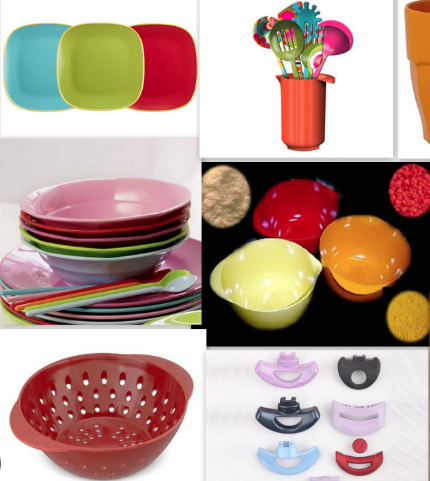
The Taiwan Consumers' Foundation recently tested plastic tableware made in China and found that it contained melamine at 20,000 parts per billion. This type of tableware is manufactured with a substance called melamine-formaldehyde resin. It forms molecular structures that are molded, with heat, to form the shape of the tableware. A small amount of the melamine used to make the tableware is "leftover" from this chemical reaction and remains in the plastic. This left-over melamine can slowly migrate out of the plastic into food that comes into contact with the tableware.
It has been found that melamine does not migrate from melamine-formaldehyde tableware into most foods. The only measured migration, in tests, was from some samples (three out of 19 commercially available plates and cups) into acidic foods under exaggerated conditions (that is, the food was held in the tableware at 160 oF for two hours). When adjusted for actual-use conditions (cold orange juice held in the tableware for about 15 minutes), the migration would be less than 10 parts of melamine per billion parts of juice.
This is 250 times lower than the level of melamine (alone or even in combination with related compounds – analogs – known to increase its toxicity) that the FDA has concluded is acceptable in foods other than infant formula (2,500 parts per billion); in other words, well below the risk level. In addition, such highly acidic foods make up only about 10% of the total diet, so the dietary level of melamine in these scenarios would be less than one part per billion.
However, when highly acidic foods are heated to extreme temperatures (e.g.,160 ° F or higher), the melamine that migrates from the plastic can increase. Foods and drinks should not be heated on melamine-based dinnerware in microwave ovens. Only ceramic or other cookware which specifies that the cookware is microwave-safe should be used. The food may then be served on melamine-based tableware.
Poisoned milk
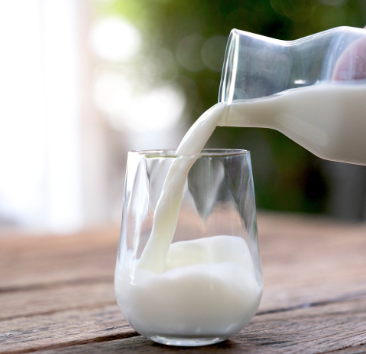
There are plenty of early studies and incidents that indicate melamine products are toxic. For example, studies have found that in high concentrations, melamine contamination can put people at risk for kidney stones, kidney failure, and even death. Several studies have shown that children can form kidney stones, even with melamine exposure levels below the World Health Organization (WHO) standard.
Here's a very real and tragic example of melamine toxicity causing dangerous effects: In 2008, over 300,000 babies became ill, and six infants died from melamine-tainted baby formula in China! In December 2007, dairies received complaints from customers about sick babies with discolored urine. On May 1, 2008, the first child died. By June, reports of kidney stones, uncommon in children, began to accrue, most associated with certain brands of formula. On Aug 1, a week before the Beijing Olympic Games, inspectors found melamine in milk powder from Sanlu, one of China's largest dairies.
References
[1] “Melamine and food safety in China.” Lancet 373 9661 (2009): 353.
You may like
Related articles And Qustion
See also
Lastest Price from Melamine manufacturers
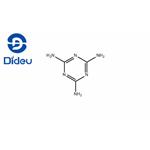
US $0.00/kg2025-11-19
- CAS:
- 108-78-1
- Min. Order:
- 1kg
- Purity:
- 99%
- Supply Ability:
- 10000KGS
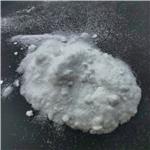
US $10.00/KG2025-04-21
- CAS:
- 108-78-1
- Min. Order:
- 1KG
- Purity:
- 99%
- Supply Ability:
- 10 mt
